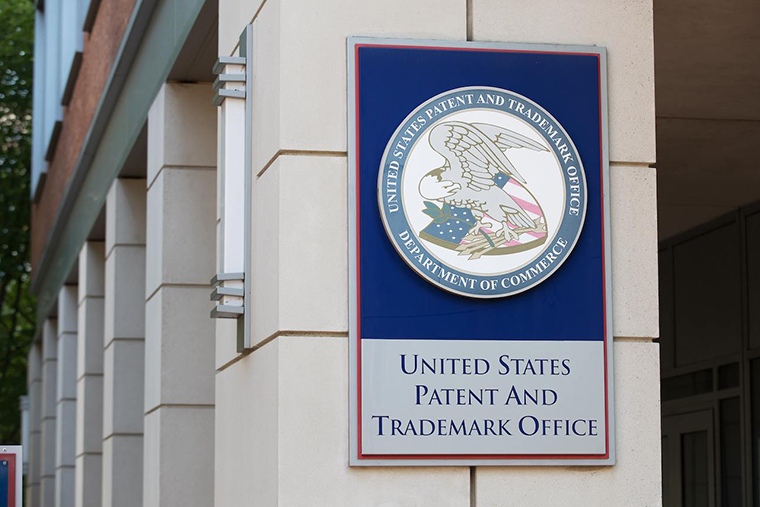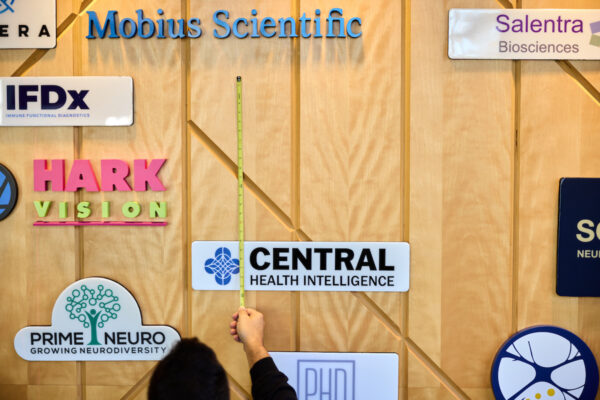The gender gap in patent applications is a well-documented phenomenon. While women make up nearly half of the workforce in the United States, they account for only a fraction of patent applications and patents granted.
The disparity has significant implications for innovation, economic growth and a person’s career advancement.
A recent Washington University in St. Louis study, “Attrition and the Gender Patenting Gap,” sheds light on the factors contributing to the gap. It explores the role of persistence in the patent application process.
The central finding: Women are less likely than men to continue pursuing a patent after an initial rejection. Alternative explanations — such as discrimination or male-female differences in the quality of applications — were not supported by the evidence.

“Gender disparities in inventing are important to understand because they can have downstream implications for economic inequality,” said Oren Reshef, an assistant professor of strategy and entrepreneurship at Olin Business School. He’s one of three authors of the paper, accepted for publication in The Review of Economics and Statistics.
The research, which relied on detailed data from the U.S. Patent and Trademark Office, shows women are 3.7-6.9 percentage points less likely than men to continue in the application process after an early-stage rejection. Male-female disparities in the propensity to abandon applications account for over half of the gender gap in issued patents.
Patents can affect careers because inventors can commercialize or sell patent rights. Plus, people with patents do better in the job market.
Some background: Patent examiners at the U.S. Patent and Trademark Office, which handles 300,000 to 500,000 patent applications annually, rarely flat-out reject applications. (Some 70% of the researchers’ sample applications were ultimately accepted.) Instead, applicants generally receive appealable rejections from patent examiners.
The study’s findings highlight the importance of persistence in overcoming the gender gap in innovation. The authors say that these gaps may be driven by lack of access to resources or information necessary to navigate the complex patent application process.
The researchers suggest that interventions could significantly impact closing the gap.
For example, providing women with mentorship, support networks and access to resources could help them overcome the challenges of the patent application process. Policymakers can create a more supportive environment for female inventors by reforming the patent system to make it more transparent and accessible.
“Our results suggest that equalizing access to resources and information may help reduce gender gaps in patenting,” Reshef said.
Reshef’s co-authors were Abhay Aneja of the University of California, Berkeley, and Gauri Subramani of Lehigh University.



